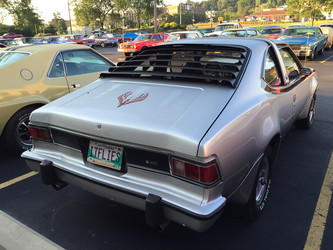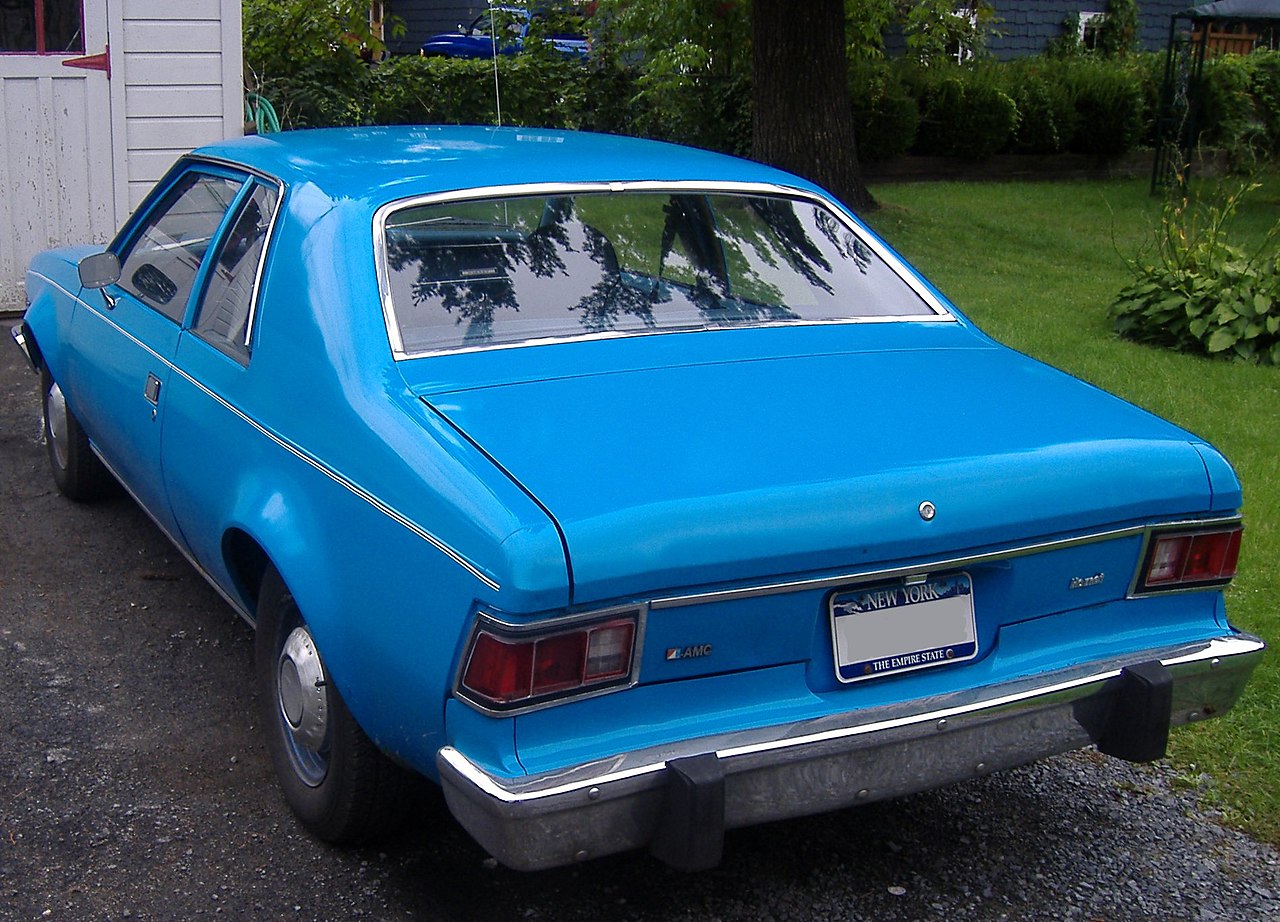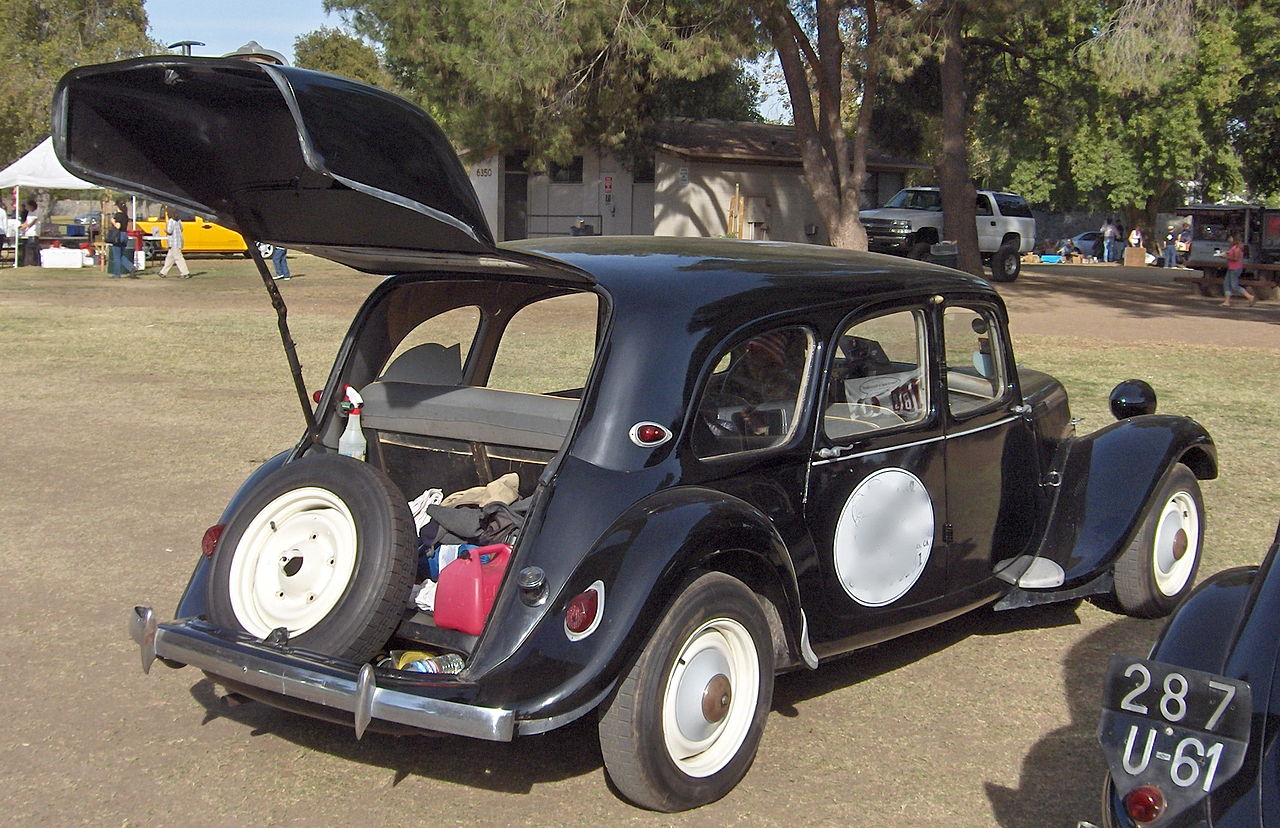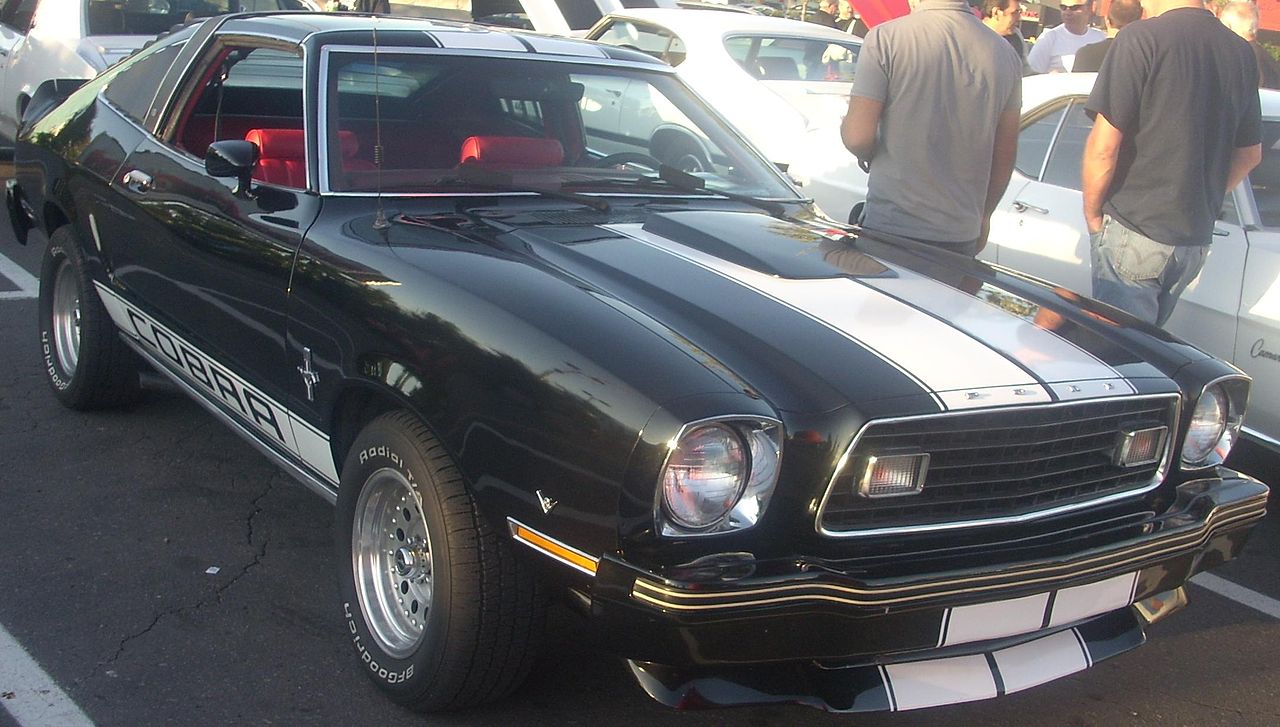Hatchbacks a hot way to haul
Posted by Dale Edward Johnson on May 25th 2022
The hatchback body style combines the style of a coupe or sedan with extra hauling capacity. With the rear seat is folded down there’s a larger storage area. And the large hatch opening provides easy access to the rear storage area.
Think of a conventional coupe or sedan. On a hatchback version, instead of a regular truck lid, which is hinged just
below the rear window, a hatchback essentially combines the trunk lid and rear window into one piece that is hinged at the top of the back window, where it meets the roofline.
This extra opening at the back is why two-door cars with a hatch are sometimes referred to as three-door models, while four-door cars with a rear hatch are sometimes referred to as five-door models.If you don’t have a truck or van, hatchbacks are great, for example, if you want to throw a couple of bicycles in the back. Without a hatch or a folding rear seat, the bikes would have to be strapped to the rear or the roof of the car. With a hatchback, there is an opening big enough to get them inside, and there’s plenty of room inside. And hatchbacks can haul anything you can load in: furniture, lumber, car parts, camping gear and lots more. Some hatchbacks can even be used to sleep in.
Hatches hinged at the roofline can also be found on some station wagons. In the 1940s and 1950s many station wagons had a one-piece back that was hinged at the roof. Other wagons had a rear window that rolled down into the tailgate, which was hinged at the bottom and dropped down. Then in the 1960s two-way tailgates were introduced, which could either be dropped down or opened sideways like a door. This article won’t be looking at station wagons or square backs with a lift-up hatch, but will focus on coupes or sedans that are different out back.
Today’s hatchback craze really took off in the 1970s, as a way of combining sportiness with hauling capacity. But the origins of what we now think of hatchbacks can be traced back to France and the 1938 Citroen Traction Avant Commerciale. It was aimed at tradesman who needed extra hauling capacity, but did not want a truck.
Hatchbacks also added practicality to several British-made sports cars. For example, in the 1950s Aston Martin and AC Aceca had top-hinged rear tailgates, although production numbers were very low. In the 1960s, the MGB offered a GT version that added an enclosed back area and a lift-up hatch. The E-Type Jaguar offered a rear hatch that opened at the side.
The first North American-made hatchback was the 1949 Kaiser Vagabond. It looked like a four-door sedan from the side, but at the back, the rear window and the top surface of the trunk lid were one piece that was hinged above the rear window where it met the roof. And, the vertical end of the trunk lid was hinged at the bottom, and dropped down like the tailgate on a truck. This provided nearly complete floor-to-roof access to the interior, making it very popular with salespeople hauling bulky samples. Later, there was a Frazer Vagabond, based on the lower-line Kaiser Vagabond. Kaiser-Frazer got into the automobile business right after the Second World War when shipbuilder and industrialist Henry J. Kaiser teamed up with former auto industry executive Joseph Frazer. They beat the Big Three to the post-war market with all new models for 1947, while Chrysler, Ford and G.M. offered only re-trimmed 1942 models. But Kaiser-Frazer sales dropped off quickly after the Big Three brought out all new styles in 1949.
The hatchback concept faded during the 1950s and ’60s, perhaps because of the abundance of so many other styles, especially pony cars and muscle cars.
But the hatchback concept saw a resurgence in the 1970s, as they offered more hauling capacity in a smaller vehicle. As Motor Trend magazine put it in October, 1972, “Well, they are practical. And fun. Not as practical as a station wagon, not as much fun as a sports car, but combining some of the best features of both. Detroit’s new breed of hatchbacks are bold and innovative.”
During the 1970s, most automakers offered some sort of hatchback. The Chevrolet Vega was available as a hatchback with a fold-down rear seat. Then the design spread to the larger Chevy Nova and its corporate cousins, the Buick Apollo, Oldsmobile Omega and Pontiac Ventura. A clip-on tent was even available, and nicknamed the “hatchback Hilton.” While an interesting concept, in practical terms it wasn’t so great. With the rear hatch up, the dome and courtesy lights would stay on all night. One solution was to remove a fuse. And in rainy weather the wide-open hatch helped to collect rain and let in flow in where the hatch meets the roof. It was anything but waterproof when the hatch was fully open.
American Motors had a Hornet hatchback. There was a Ford Pinto 3-door runabout, and later the Mercury version, the Bobcat. There were other hatchbacks, too, like the Triumph GT6 and the Datsun (now Nissan) 240Z.
These days, many automakers offer some sort of hatchback, including the Audi A5 Sportback, Honda Civic Hatchback, Kia Stinger, Porsche Panamera Sport Turismo Wagon, Tesla Model S and Volkswagen Arteon, to name just a few. Hatchbacks are a great way to haul lots of stuff, while enjoying the handling and styling of a sedan or coupe – rather than an SUV or pickup.The hatchback body style has been around for decades – and all indications are it will be around for many more years to come.





